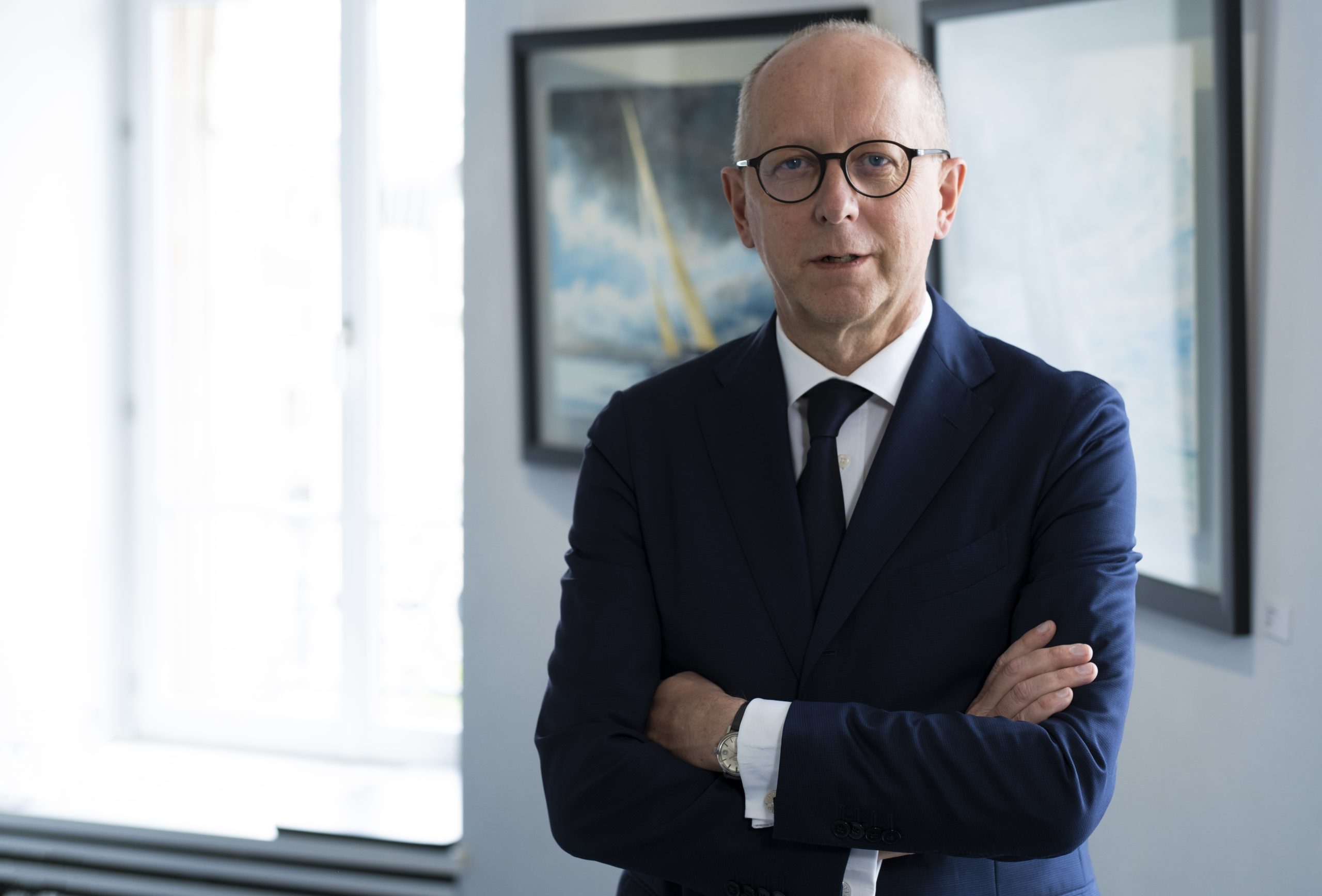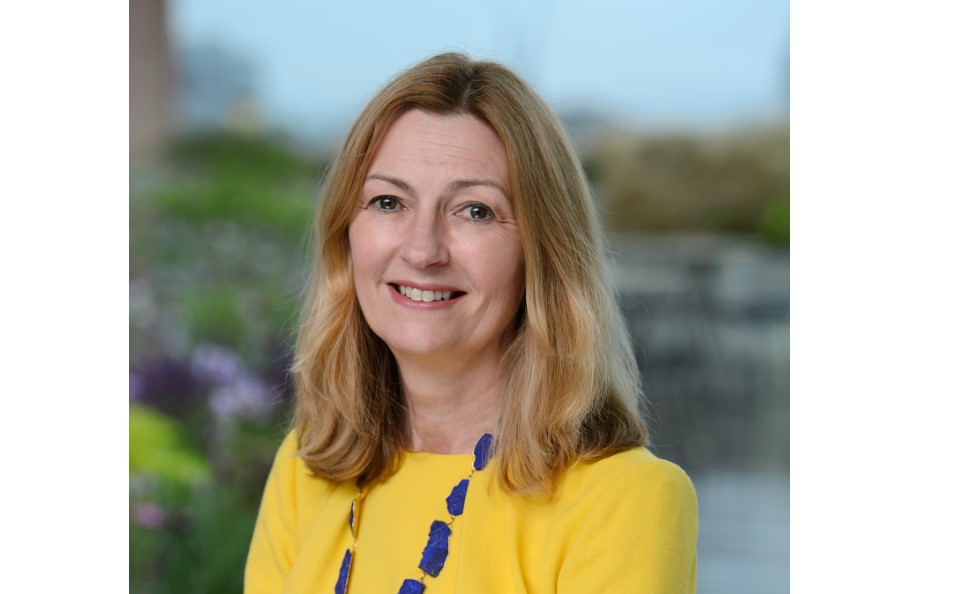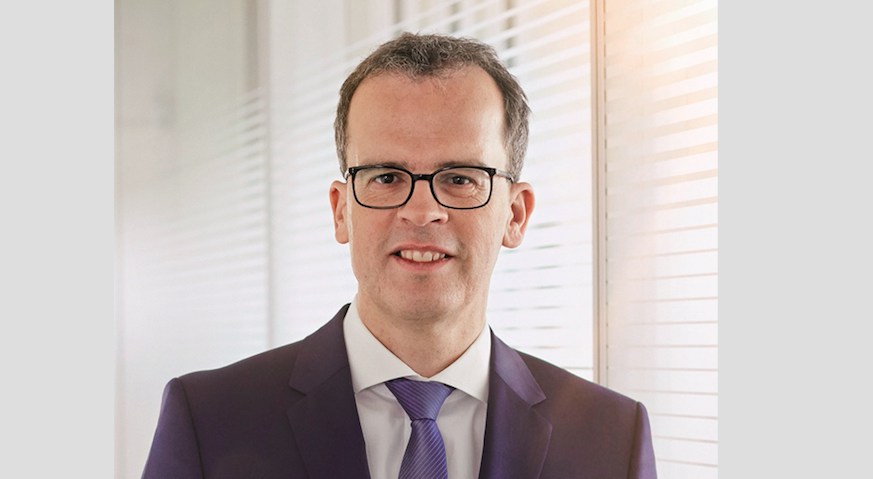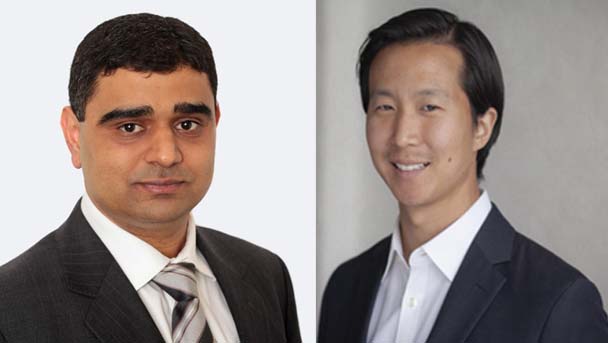Equities Have Been Out of Sync with the Real Economy Since the Start of the Pandemic
| By Beatriz Zúñiga | 0 Comentarios

Almost half (45%) of the 6.000 members that CFA Institute has globally believe that equities in their respective markets have recovered too quickly and they expect a correction within the next one to three years. The survey “COVID-19, One Year Later – Capital Markets Entering Uncharted Waters” by the association follows the analysis of member sentiment reported in 2020.
The report shows that market volatility appears to be a lesser issue in 2021 compared to a year ago. While 26% of members surveyed reported that market volatility had forced their firm to reconsider asset allocation choices in April 2020, only 18% responded in the same way in March 2021.
“Respondents believe that equities have recovered too quickly, as it could show that CFA Institute members believe there is a disconnect between economic growth fundamentals and capital markets caused in part by monetary stimulus, which could be corrected in a not-too-distant future of less than three years. To me, it also indicates to authorities that monetary stimulus is not a simple or linear lever to pull given the complexity of the economic and financial ecosystem; there will be unintended consequences to consider in the future”, said Paul Andrews, Managing Director of Research, Advocacy and Standards at CFA Institute.
The proportion of respondents who believe that equities are fairly valued is low in all regions (between 2% and 16%). In North America (the United States, in particular), they are more worried about a correction than Europeans (50% vs 40%), which can be explained by the pace of equity markets’ recovery in both regions since March 2020.
Meanwhile, respondents in emerging markets appear more optimistic that equities in their own market and in global emerging markets will gradually stabilize in line with the real economy, which is not a view they share for developed market equities. The survey points out that many perceive that global developed market equities are more overvalued than those in global emerging markets, “likely due to the variations in monetary stimulus and government relief programs enacted in different parts of the world”.
Of the 6,040 global respondents, their position on volatility has changed markedly from a year ago, possibly attributable by CFA Institute to the decisive actions of authorities to tame potential market dislocation through policy intervention and monetary stimulus. In March 2021 28% of respondents were investigating the potential impact from market volatility, in comparison to 42% in April 2020. Meanwhile, 48% of respondents now think volatility did not have a material impact on their activity or that of their firm (32% in April 2020).
Lastly, the proportion of respondents who indicated that volatility has had a significant impact fell from 26% to 18% globally. Further analysis suggests that emerging markets across all regions have experienced the effects from market volatility more significantly, as they did not benefit from the same level of government support as seen in advanced economies. Respondents in Africa (37%), Latin America (29%), Middle East (38%), and South Asia (33%, including India and Pakistan) continue to show a more significant impact from volatility on their investment processes and asset allocation choices.









